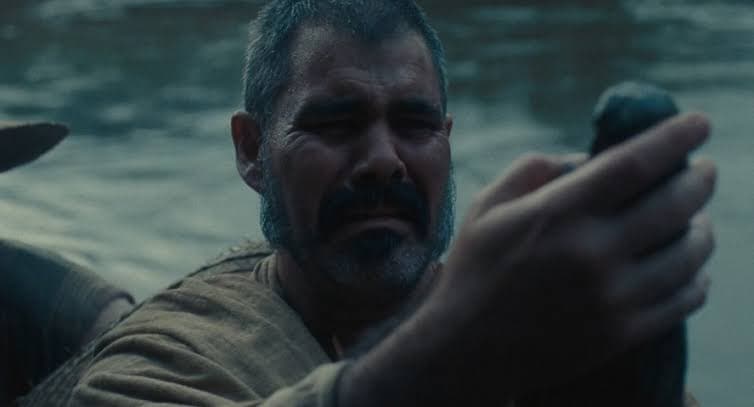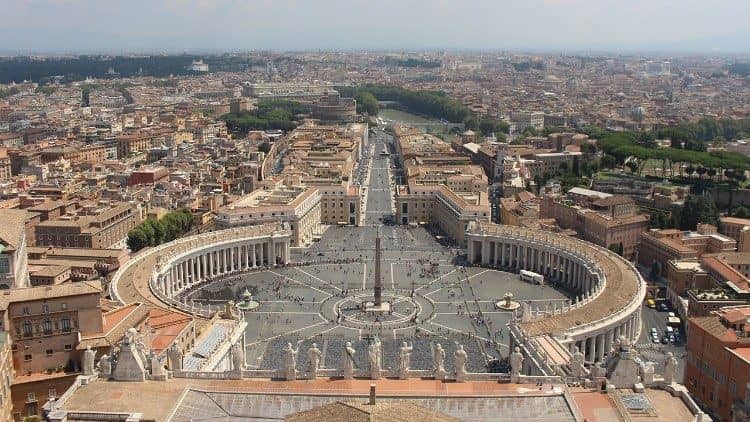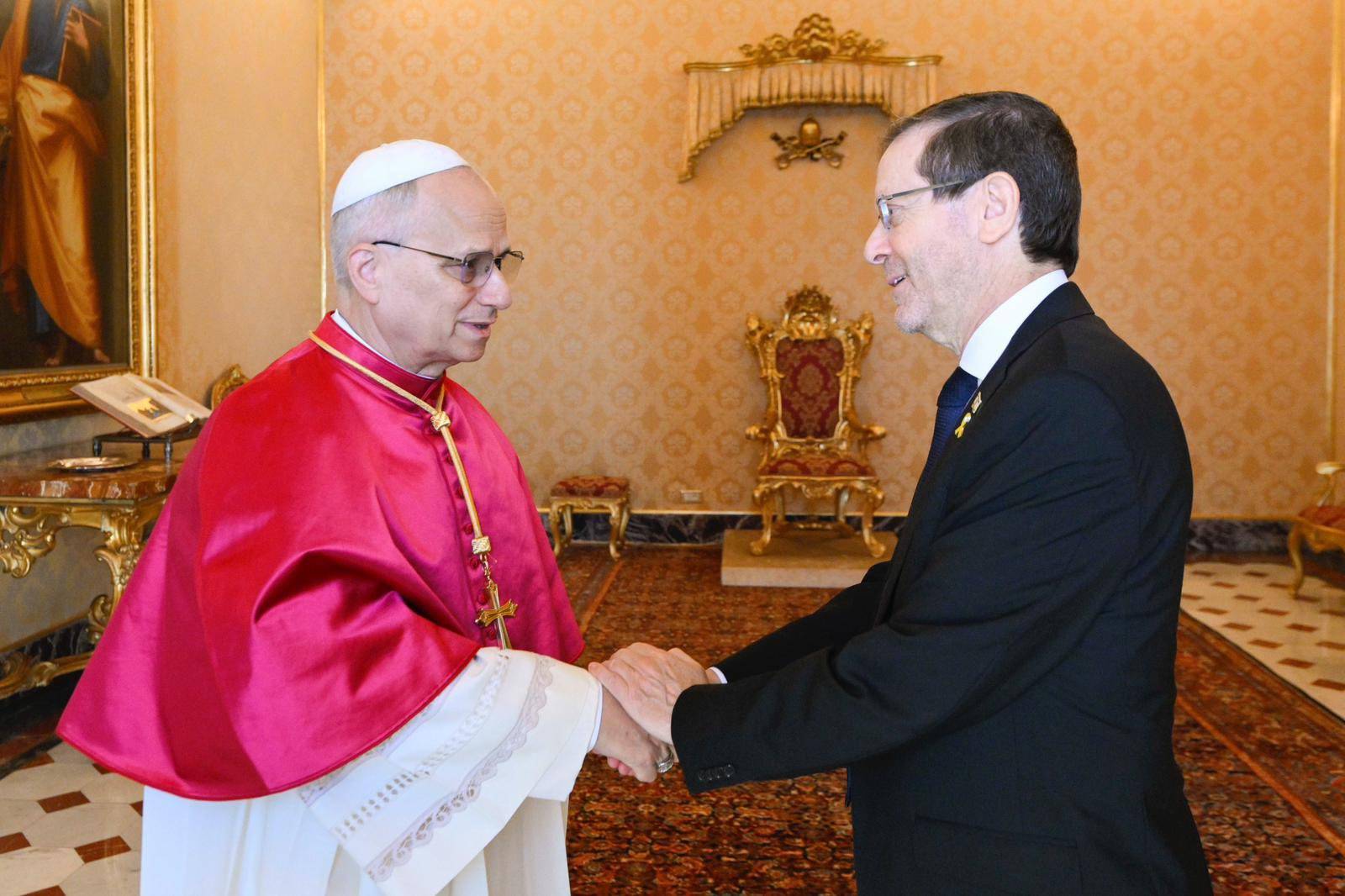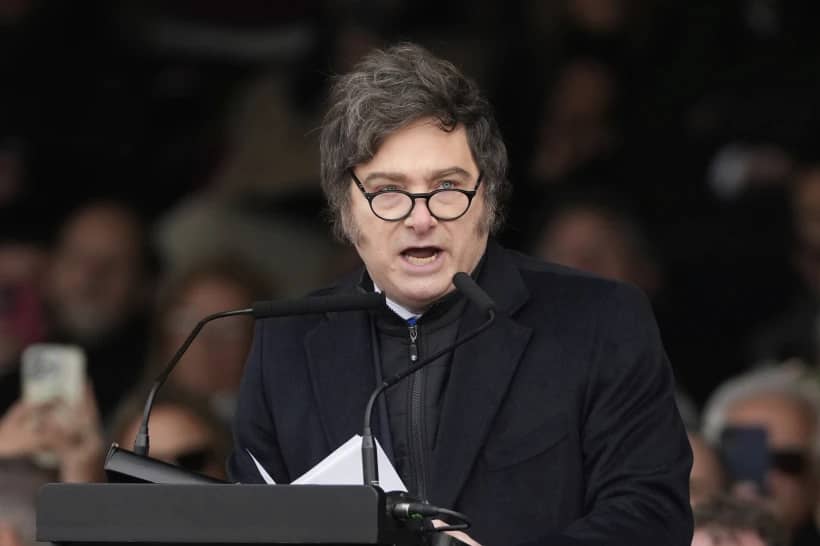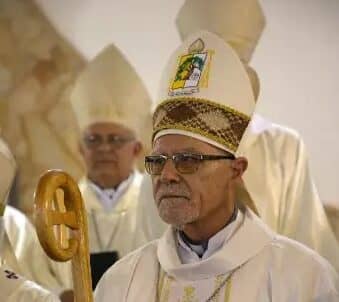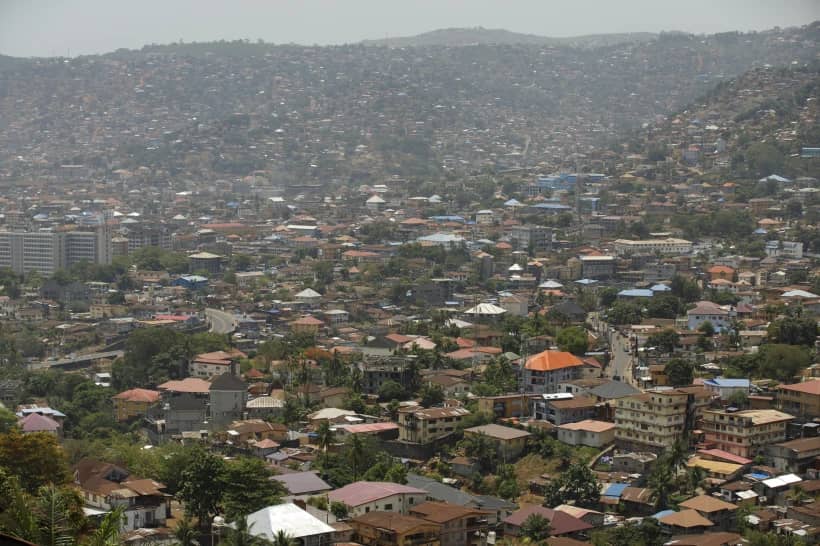SÃO PAULO – Producers have been campaigning online to collect donations to shoot the first movie about the story of Brazil’s patroness and major popular devotion, Our Lady of Aparecida.
The creators hope to raise at least part of their financial goal among devotees of the Virgin and enthusiasts of the project – which involves top Brazilian actors – although they know that it’s not an easy task to do so in the South American country.
The movie Aparecida will tell a complete story of the devotion, from the context in which the 14-inch-high clay sculpture was found in 1717 to its crowning by Princess Isabel in 1888.
“A couple of years ago, I met with movie director Breno Moreira. He and screenwriter Higor Mattos were planning to make a movie about a historical Brazilian figure. I suggested a movie about Aparecida, which is an untold story till now,” producer Isaac Raitz told Crux.
The idea was immediately accepted – in fact, the three men asked themselves how that movie had never been done, considering the religious and cultural importance Our Lady of Aparecida has in Brazil.
The team created a movie company – Rosário Filmes (rosary movies) – and began to work on the project, previously defining that the production should be as historically rigorous as possible and, at the same time, should be aesthetically beautiful, Raitz recalled.

Mattos conducted extensive research about the apparition of the sculpture and a whole part of Brazilian history before going on with the elaboration of the screenplay.
“Everything that could be historically reconstituted was done,” he told Crux.
One of the major stories told in the screenplay is about Pedro Miguel de Almeida Portugal e Vasconcelos, Count of Assumar, a Portuguese nobleman who was sent by Lisbon to Brazil in 1717 in order to take office as the new governor of the captaincies of São Paulo and neighboring Minas Gerais, where explorers had recently found gold.
Mattos found two diaries of the count’s journey from Rio de Janeiro to São Paulo and then to Mariana, in Minas Gerais, and based part of the screenplay on them.
As the count’s entourage was traveling near Guaratinguetá, in São Paulo, on its way to Mariana, the people of the city decided to celebrate his presence, and groups of fishermen went to Paraíba do Sul river to capture fish.
The fishing season was over, so the fishermen’s attempts were repeatedly unsuccessful. Three of them, Domingos Garcia, João Alves and Filipe Pedroso, prayed and asked for the Virgin’s help.
They were about to give up when suddenly their net brought a headless image of Our Lady. Launching the net again, they caught its head. After that, the image became suddenly heavy, to the point of becoming impossible to carry. And suddenly the schools of fish reappeared. The three fishermen caught so many fish that they had to go back to the port.
For 15 years, the image was kept at Pedroso’s house. As more people would listen about it and come to see it, the family built a small oratory for it. In 1734, the local vicar built a chapel. A hundred years later, a basilica was built.
In 1888, the image received a golden crown and a blue cloak from Princess Isabel, a strongly Catholic woman who would succeed her father, Pedro II, the emperor of Brazil, if the Republic wasn’t proclaimed in 1889.
“The story combines several key moments in Brazil’s history, most of them unknown among Brazilians,” Mattos said.
Indeed, he said even Aparecida’s story is not adequately known by her own devotees.
“Many Brazilian Catholics know the names of the three little pastors who saw Our Lady of Fatima in Portugal, but can’t say the name of the three fishermen who found Aparecida’s sculpture,” he compared.
The project of the producers is to make a high-quality movie with a considerably high budget – about $5.5 million – in Brazilian cinematographic standards.
“It’s such an important story. It must be adequately told. And it has to resonate both with the most simple devotee and the most sophisticated theologian. People have to leave the movie theater full of hope,” Mattos said.
Last year, a short version of the movie was released on-line on Oct. 12, Aparecida’s day. The casting called the Brazilian spectators’ attention. The role of one of the fishermen was played by Juliano Cazarré, a major telenovela and movie actor in Brazil, famous for his virtuoso performances as rural Brazilian characters. Milhem Cortaz, who gained fame for playing a policeman in the Brazilian movie Elite Squad (2007), also worked in the short version.
After years distant from church life, Cazarré resumed his faith in 2019, a subject about which he has publicly talked on several occasions. That year, he played Jesus’s role in a dramatization of the Passion of Christ annually promoted during Easter in the scenographic city of New Jerusalem, in Pernambuco state, an event that draws thousands of spectators.
“It was a remarkable experience for me. Seeing so many people watching the Passion of Christ is impressive. It was part of my return to the Church,” Cazarré told Crux.
He hopes that the movie about Aparecida will draw the same kind of massive audience to the movie theaters.
“Aparecida is loved by the Brazilian people. Even Evangelicals employ the expression ‘our lady!’ [as an interjection] and at times keep their devotion to her. We’re working on this movie in order to offer the story to all Brazilians, no matter their faith,” he said.
One of the important elements of the movie is a song that was selected by the producers to play at key moments, named Romaria (something like pilgrimage).
It was written by the singer and composer Renato Teixeira in 1977 and became an instant hit in the version of singer Elis Regina. It talks about the devotion to Aparecida of a caipira man, as the rural people of São Paulo State and neighboring regions are called.
“That song revealed something about the Brazilian soul and made us identify as caipira people, even the people from other parts of the country,” Cazarré argued.
He thinks the song was inspired by the Holy Spirit.
“Renato Teixeira has already said that both the melody and the lyrics came easily to his head. I think good poetry – and good art – makes something fundamental about ourselves, something that was hidden, come to the surface and become visible,” Cazarré said.
Isaac Raitz said that the campaign has been mildly successful. While many people have been engaged in the project and have donated, the producers expected the process would be easier.
“We would have to wait for much more time in order to fund the movie just with donations. Brazilians still don’t have the culture of donating, as the US people have,” he added.
The team is now looking for parallel sources of funding, in the hope of speeding up the process.
